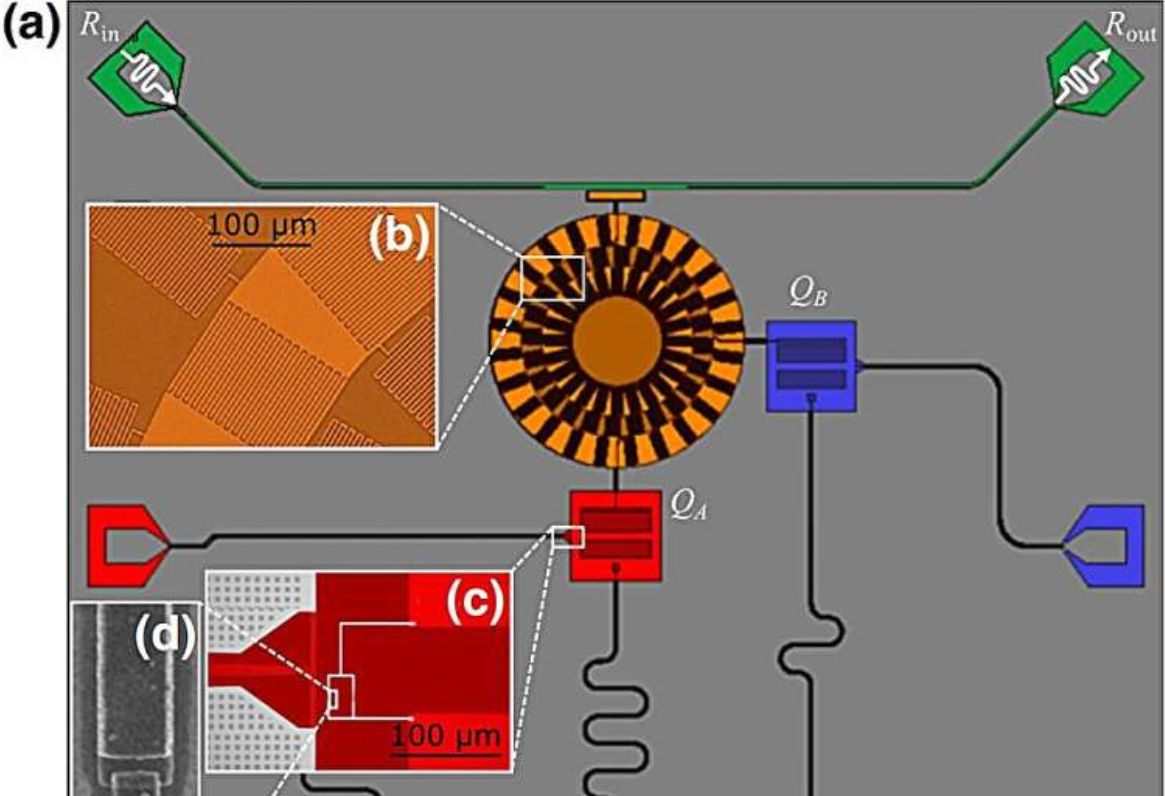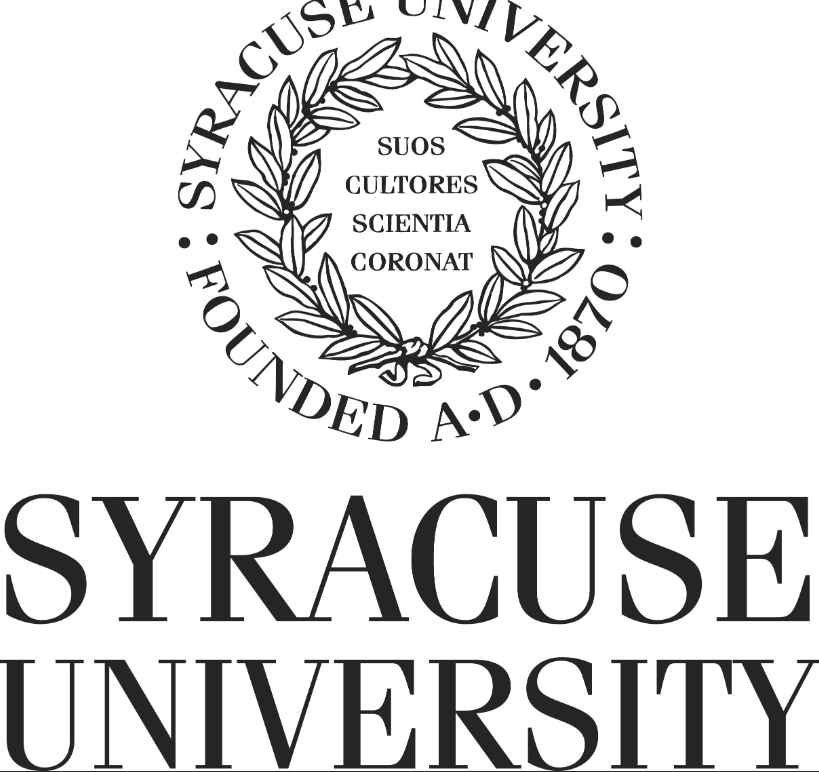Creating a fault-tolerant quantum processor requires coupling qubits to generate entanglement. Superconducting qubits are a promising platform for quantum information processing, but scaling up to a full-scale quantum computer necessitates interconnecting many qubits with low error rates. Traditional methods often limit coupling to nearest neighbors, require large physical footprints, and involve numerous couplers, complicating fabrication.
To address these challenges, a team led by Mohd Ansari at FZJ and Britton Plourde at Syracuse University developed a novel approach using a multimode coupler. This new design, published in PRX Quantum, features a shared coupler shaped like a ring made from a metamaterial transmission line. It enables tunable coupling strength between any pair of qubits.

The left-handed ring resonator consists of 24 inductively grounded and capacitively coupled cells, producing a dense frequency spectrum of standing-wave resonances near the qubit transition frequency range. Unlike conventional systems, where doubling the frequency halves the wavelength, this design linearly correlates frequency with wavelength.
Two superconducting qubits placed at specific positions on the ring resonator couple to the standing waves, with interaction strength depending on the standing-wave amplitude at their locations. Coupling multiple qubits to a common resonant mode induces transverse exchange interactions, with coupling depending on each qubit’s detuning to various modes. These interactions can be positive or negative. Additionally, interactions between higher excited states of each qubit and the coupling modes result in higher-order ZZ interactions, which also vary with qubit detuning and can change sign.

This innovative multimode coupler allows tuning of entangling energy scales from large values to zero, aligning well with theoretical models. Its potential to extend to more than two qubits around the ring makes it a promising platform for controlling entanglement in large qubit arrays.


















